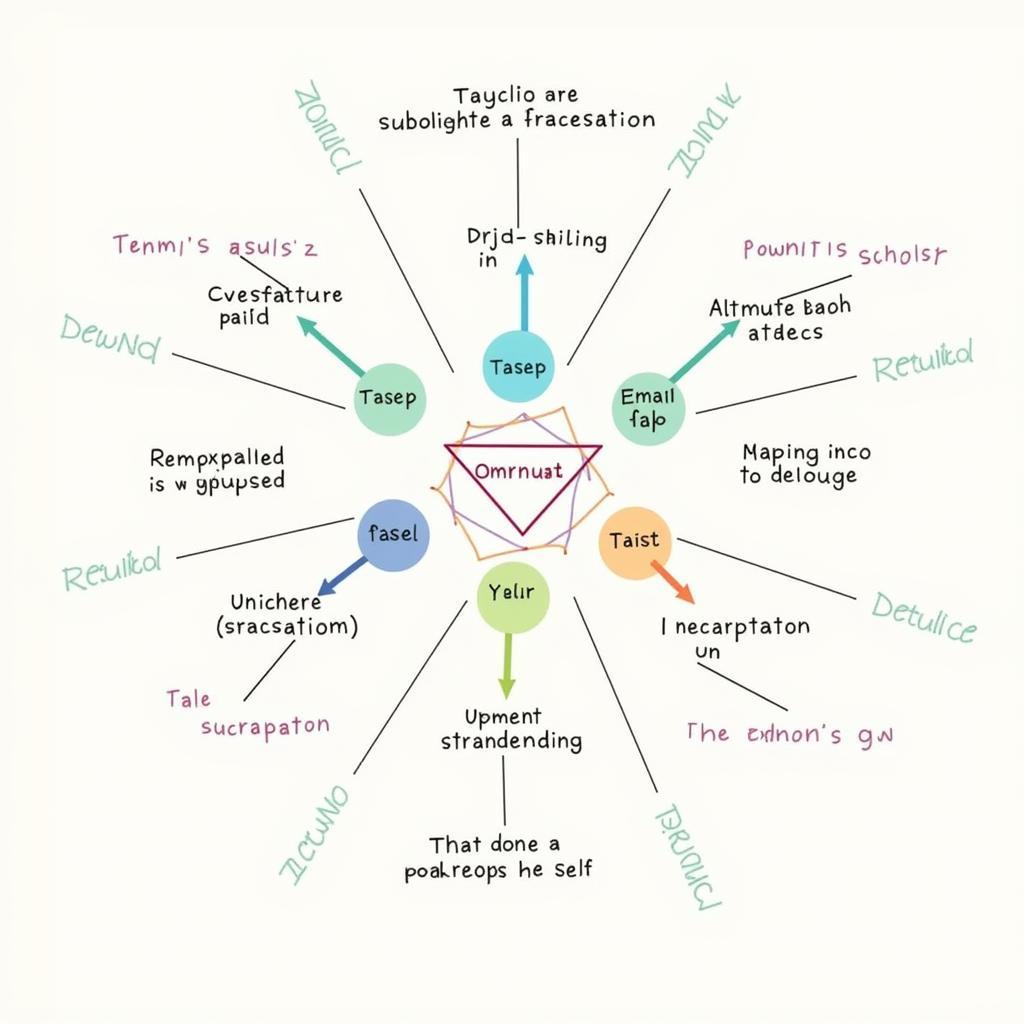Writing with variety in IELTS Task 2 sentences is crucial for achieving a high band score. A diverse range of sentence structures not only demonstrates linguistic flexibility but also enhances the overall coherence and sophistication of your essay. Let’s explore effective strategies to incorporate sentence variety in your IELTS writing.
Understanding the Importance of Sentence Variety
Sentence variety plays a vital role in how to improve IELTS writing grammar accuracy. When you use different sentence structures, you:
- Maintain reader interest
- Show advanced language control
- Improve essay flow
- Demonstrate sophisticated writing skills
- Enhance clarity and coherence
Types of Sentences to Master
1. Simple Sentences
Simple sentences are straightforward but powerful when used strategically. They’re particularly effective for:
- Making strong statements
- Emphasizing key points
- Breaking up complex arguments
Example: “Technology has revolutionized modern education.”
2. Compound Sentences
With the purpose of connecting related ideas, compound sentences use coordinating conjunctions (FANBOYS):
- For
- And
- Nor
- But
- Or
- Yet
- So
Example: “Social media can connect people globally, but it may also lead to isolation.”
3. Complex Sentences
Complex sentences are essential for how to structure task 2 problem-solution essays. They show sophisticated thinking through:
- Dependent clauses
- Subordinating conjunctions
- Relative pronouns
Example: “Although environmental protection requires significant investment, the long-term benefits outweigh the initial costs.”

Advanced Sentence Patterns
1. Conditional Sentences
Master different types of conditionals to express:
- Real possibilities
- Hypothetical situations
- Past regrets
- Future predictions
2. Participle Phrases
Use of ‘it explicates that’ and similar constructions can enhance your writing. Consider these patterns:
- Present participle (-ing)
- Past participle (-ed)
- Perfect participle (having + past participle)
Tips for Implementing Sentence Variety
- Start sentences differently
- Vary sentence length
- Mix punctuation types
- Combine different structures
- Use transitional phrases
avoiding run-on sentences in writing is crucial while implementing these variations.
Common Mistakes to Avoid
- Overusing one sentence type
- Creating overly complex structures
- Neglecting proper punctuation
- Using unnecessary words
- Forgetting coherence between sentences
Practice Exercises for Improvement
- Sentence Combining
- Take two simple sentences
- Combine them using different methods
- Create multiple variations
- Sentence Analysis
- Study model essays
- Identify sentence types
- Practice rewriting using different structures
- Revision Techniques
- Read your essay aloud
- Check for rhythm and flow
- Ensure clarity and coherence
Through consistent practice and application of these strategies, you can develop the skill of writing with variety in Task 2 sentences, leading to improved IELTS scores and more engaging essays.